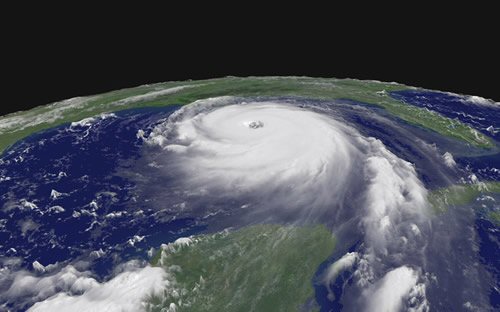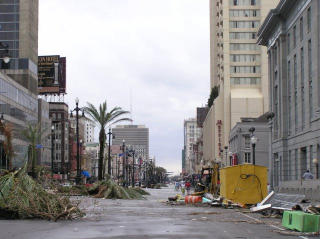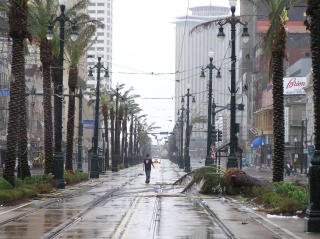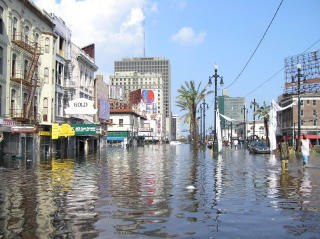Poll: Everyone's To Blame
Poll Question: How much blame does each of the following deserve for the problems in the relief effort for Hurricane Katrina? A lot, a good amount, only a little, or none at all?
To Be Blamed: | Poll Breakdown | |||
|---|---|---|---|---|
| Blamee | % | Political Affiliation | % | |
State governments | 74% 67% 63% 55% 48% | Strongly Republican | 19% | |
We always have a nagging question in the back of our minds when people are asked to assess major undertakings, such as with hurricane relief efforts. Compared to what? Did this disaster response effort go better or worse than operations under similar circumstances? We don’t know. We know human performance can always be improved and the Katrina disaster response will be no exception
However, all of the facts concerning the actions people did or did not take are not known at this point. There will be plenty of time to debrief and analyze the situation after all the people have been gotten to safety and provided for.
We only know what we’ve read and heard from the media and from that vantage point it appears some major mistakes were made. However, we think many people lack a realistic perspective from which to judge others at this stage. One of the best quotes we’ve read that really places things in perspective was from an Instapundit reader.
It's called a disaster because it overwhelms our ability to respond and to mitigate the disruption in communications, supplies, medical services, and everything else in daily life. If we could respond completely and immediately, then it would just be a minor inconvenience.Just look at the size of Hurricane Katrina:
Take a look at this set of photographs (197 in all) taken by one man in New Orleans from Sunday August 29 through Thursday September 1. When you look at these photos in sequence it may help to explain why some local, state and federal authorities made the calls they did at the time. Now with the benefit of hindsight, everyone is judged to be at fault.
Below are four pictures from the set taken of Canal Street in New Orleans, beginning Sunday before the hurricane hit through Wednesday August 31, the day after the levees broke.








4 Comments:
Officials should not have made calls from what the streets looked like the day before. They were warned by meterologists that the results could be terrible.
- Jersey Perspective
Jack,
We thought the day by day pictures might help people understand why the Mayor of New Orleans and Governor of Louisiana took the actions they did based upon conditions on the ground.
The hurricane had swept through New Orleans by Monday (day two) and while there was major damage, the real catastrophe had not yet occurred.
We believe the conditions immediately after the hurricane (Monday – Day 2 in the pictures) probably led the Mayor and Governor into a false sense that the worst was over and ultimately to their decisions that in hindsight were proven to be fateful.
We agree, the city and state should have been more aggressive in evacuating citizens and stocking evacuation sites with provisions before the storm hit, given the forecast of a category-5 hurricane headed straight for New Orleans.
Much has been written on that topic and was not the point of our post. If everyone had been evacuated from New Orleans before the storm, there would now be no need for polls assigning blame for problems in the relief efforts.
You're right that we don't know all the ins and outs, but regarding New Orleans in particular, as someone who grew up there I can say that the state and local government definitely share the blame here. Infighting, corruption, the failure to heed warnings from ecologist about wetland destruction, not listening to sociologists about the impact of racial division on the economy and social structure go way back, and often state and local government ignored what common, less advantaged citizens had to say. ~~Nordette
Does anybody know where to find the pics? The link in the article is bad (pics were moved or deleted).
Post a Comment
<< Home